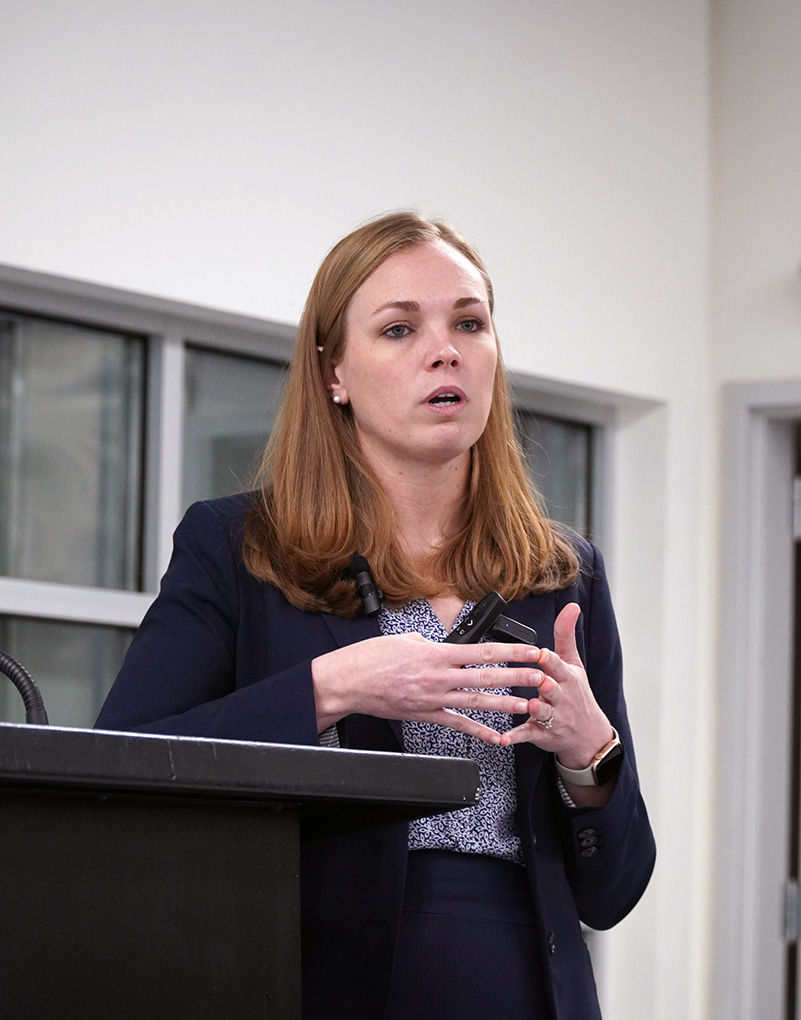Drought Declared For Lincoln County
- Kiera Morgan

- Jul 7, 2025
- 3 min read

The Lincoln County Board of Commissioners has declared a drought emergency amid critically low stream levels. The board officially declared a drought emergency after hearing a report from Commissioner Walter Chuck regarding unprecedentedly low stream levels that prompted the early intervention by local water conservation agencies. The drought declaration was recommended by the Mid-Coast Water Conservation Consortium, composed of regional and state agencies. The group convened an early meeting in June to address growing water concerns.
Key highlights from the emergency declaration include:
Unseasonably low stream levels observed across the region
Voluntary water conservation measures recommended
Participation from multiple agencies including Soil and Water Conservation District, Oregon Water Resources Department, and city representatives
The declaration aims to encourage voluntary water conservation and enhance communication about the region's water challenges. While not mandating strict water restrictions, the county hopes to raise public awareness about the critical water situation. Local water district managers have been instrumental in bringing attention to the ongoing drought conditions.
The water conservation committee noted that stream levels have been consistently low over the past seven years. Next steps include sending the drought declaration to the Governor's office and developing additional public outreach efforts to support water conservation. Residents are urged to be mindful of water usage and support local conservation efforts during this challenging period.
Streamflows on the Siletz, Alsea, and Yachats Rivers have been at or below historic
lows, with the Siletz River reporting just 22% of its average flow by mid-June, a record
low for that time of year. The Alsea River was at 40% of its average flow, while the
Yachats River was at 49% of average. Streamflows are also notably lower in smaller
streams. Beaver Creek already has low streamflows typical of late August and
September.

We can all take steps to alleviate pressure on our local streams. Below are some ideas
to help you conserve water shared by the Mid-Coast Water Conservation Consortium.
CUT DOWN ON OUTDOOR WATER USE
In the summer, outdoor water use increases significantly. Save water outside with these
tips:
• Water plants early in the morning or late at night when it’s cooler (between 9 pm
and 7 am).
• Limit lawn watering to once a week. Or, try letting it go dormant for the summer.
• Use tools and devices to save water, like weather-based or timed irrigation
controllers, soil moisture sensors, or drip irrigation systems.
• Avoid washing cars, driveways, or equipment.
CHECK FOR LEAKS
Leaks can waste a significant amount of water and should always be fixed right away.
Inspect your toilets, sinks, showers, and irrigation systems for leaks regularly and repair
any that you find. You can use toilet dye tablets or food coloring to check for a leaking
toilet. Simply place the dye in the tank, wait 15 minutes without flushing, and then check
the toilet bowl. If any color appears, you have a leak. Leaks can also be found by looking at your water meter. Read the meter before leaving the house when no water is being used. If the number is different when you return, you have a leak.
MORE TIPS
• Upgrade to water-efficient toilets that use 1.28 gallons per flush or less.
• Take shorter showers. Aim for 5 minutes!
• Install water-saving showerheads and faucet aerators.
• Wait to run the dishwasher or washing machine until you have a full load.




.png)




Comments